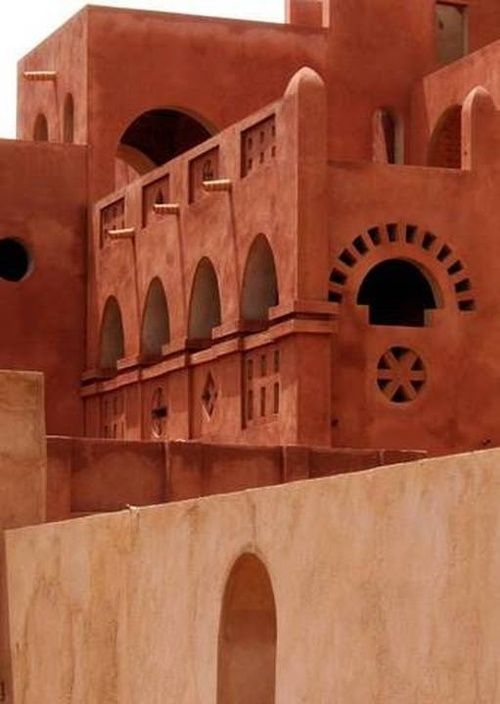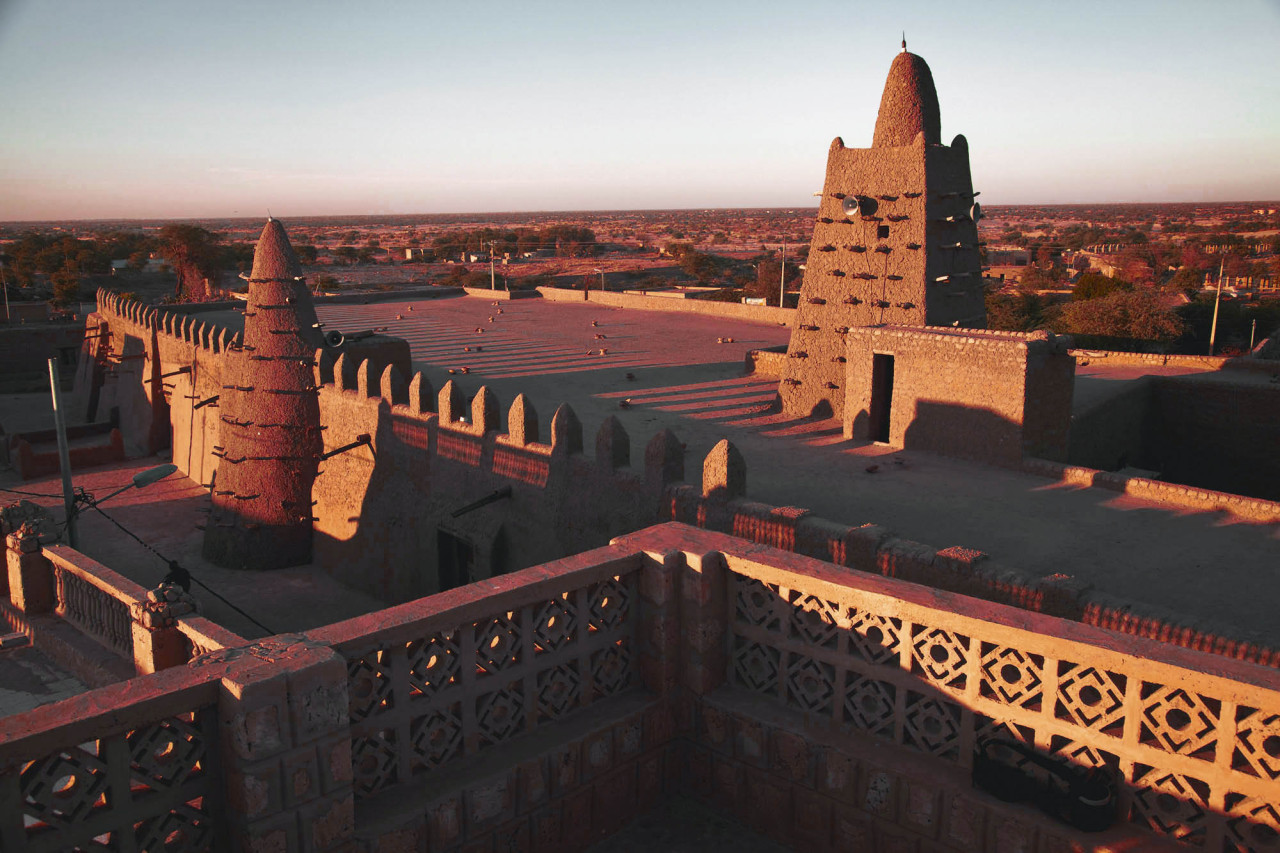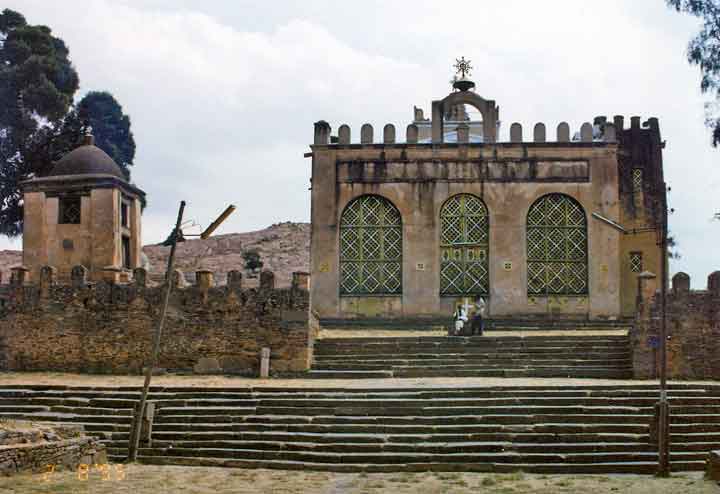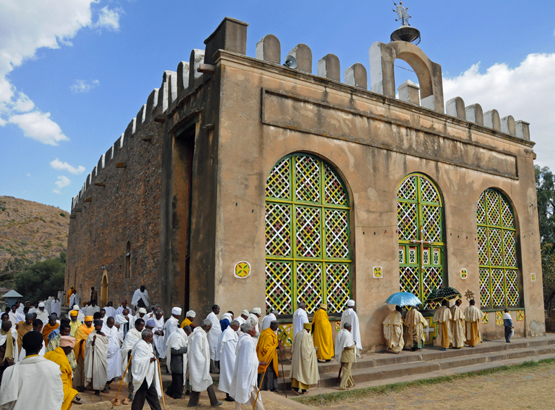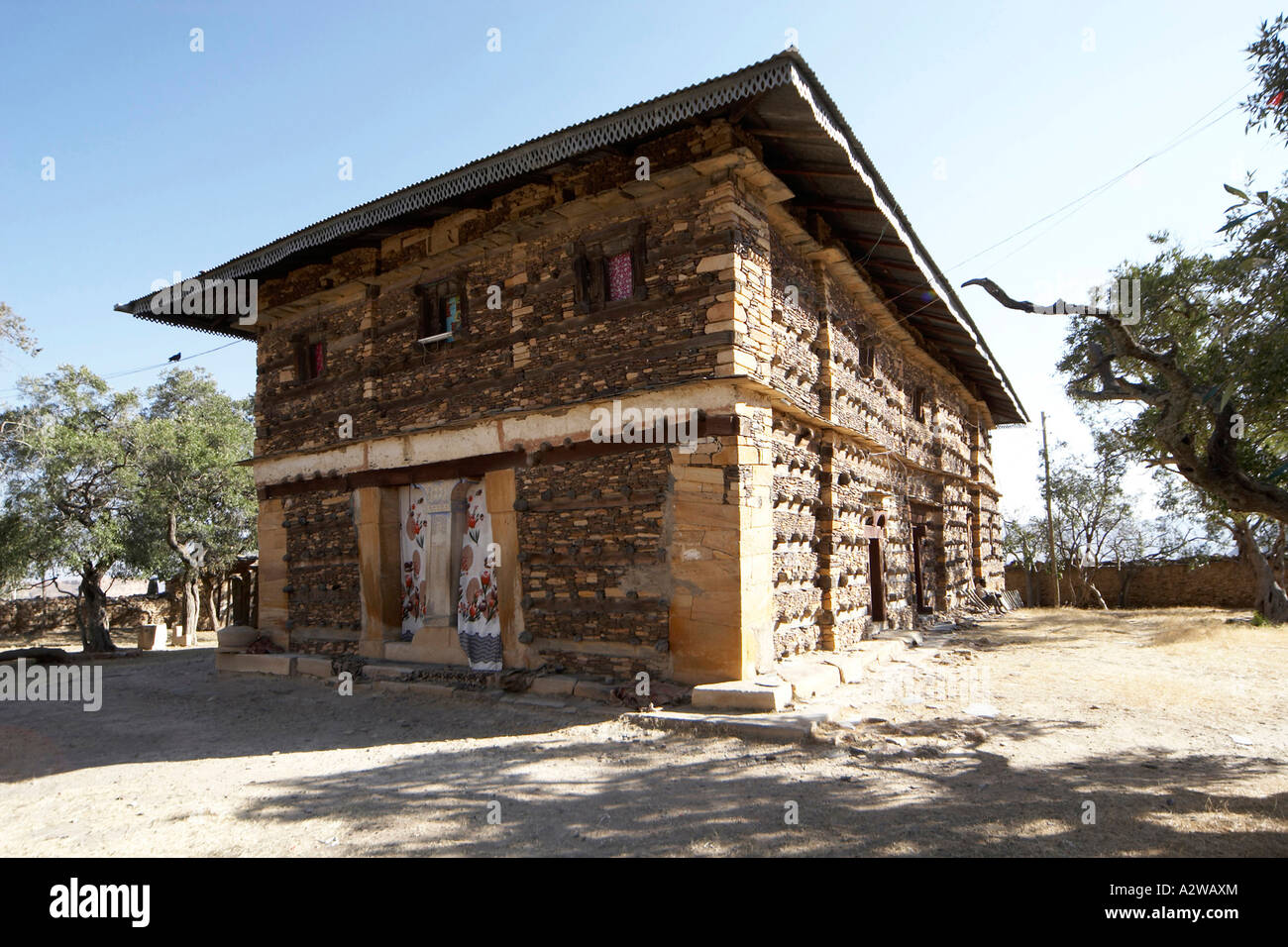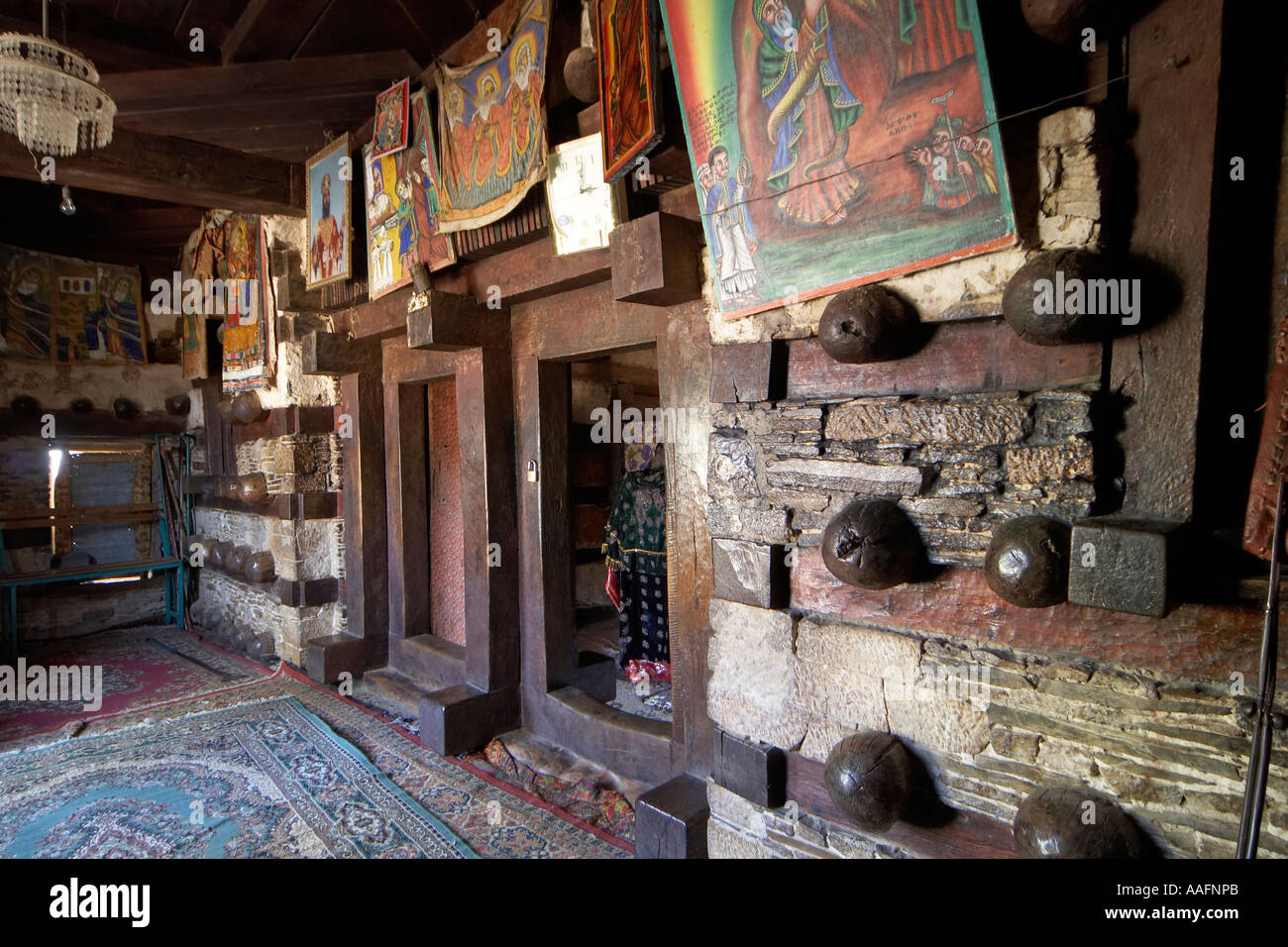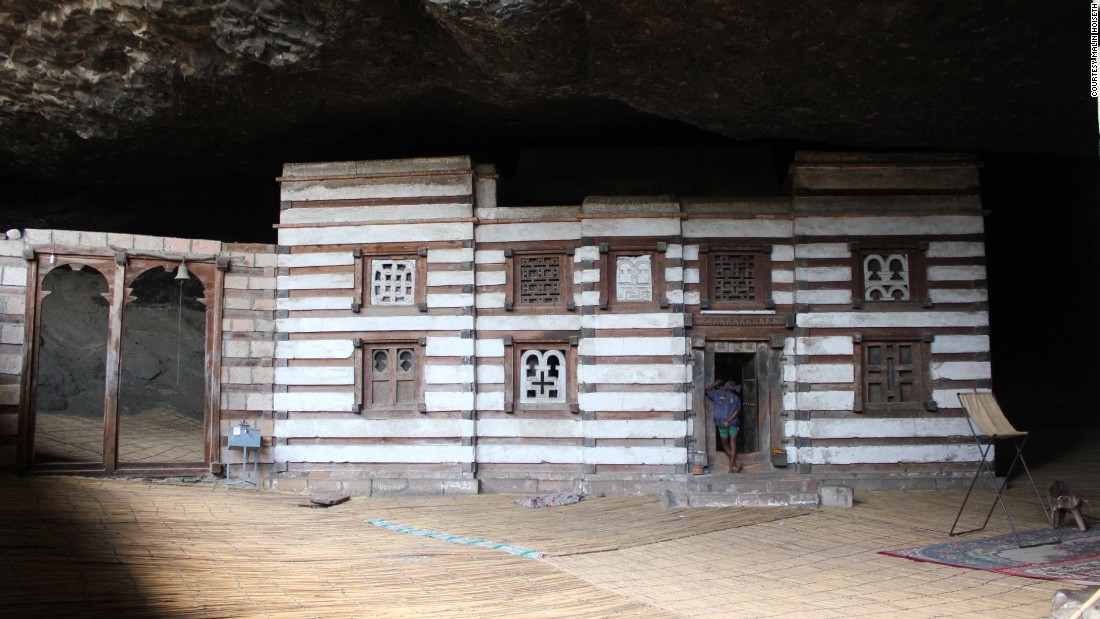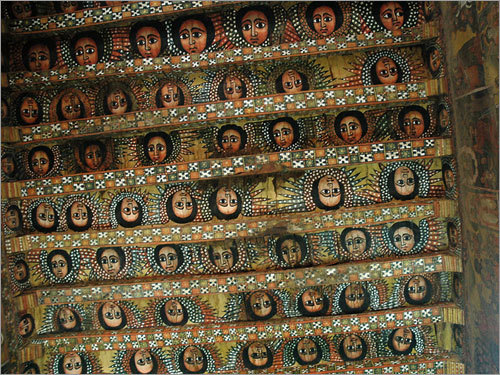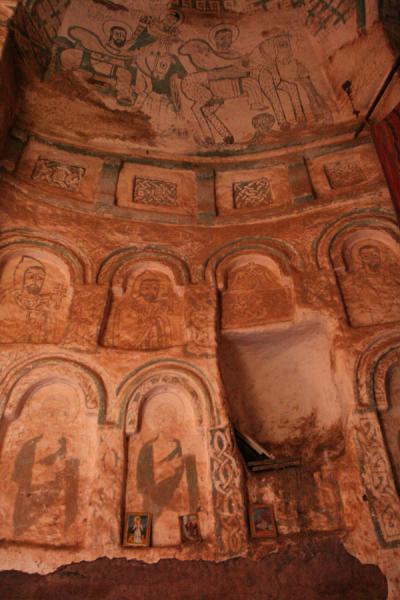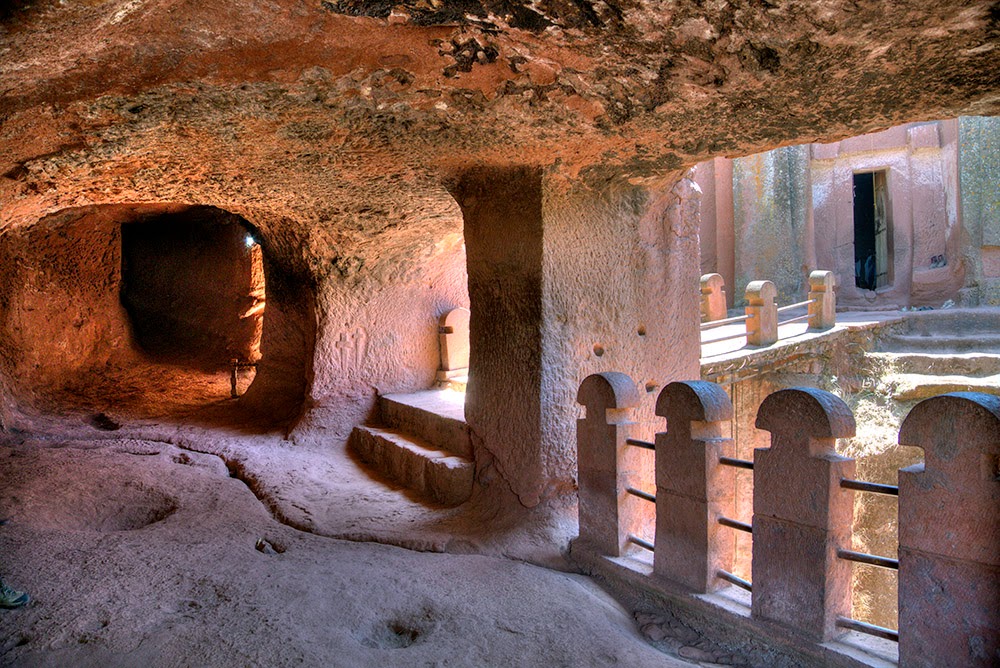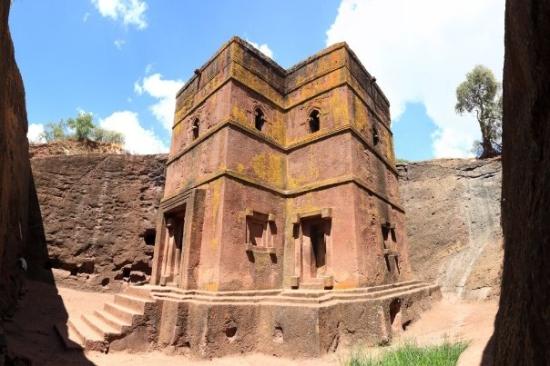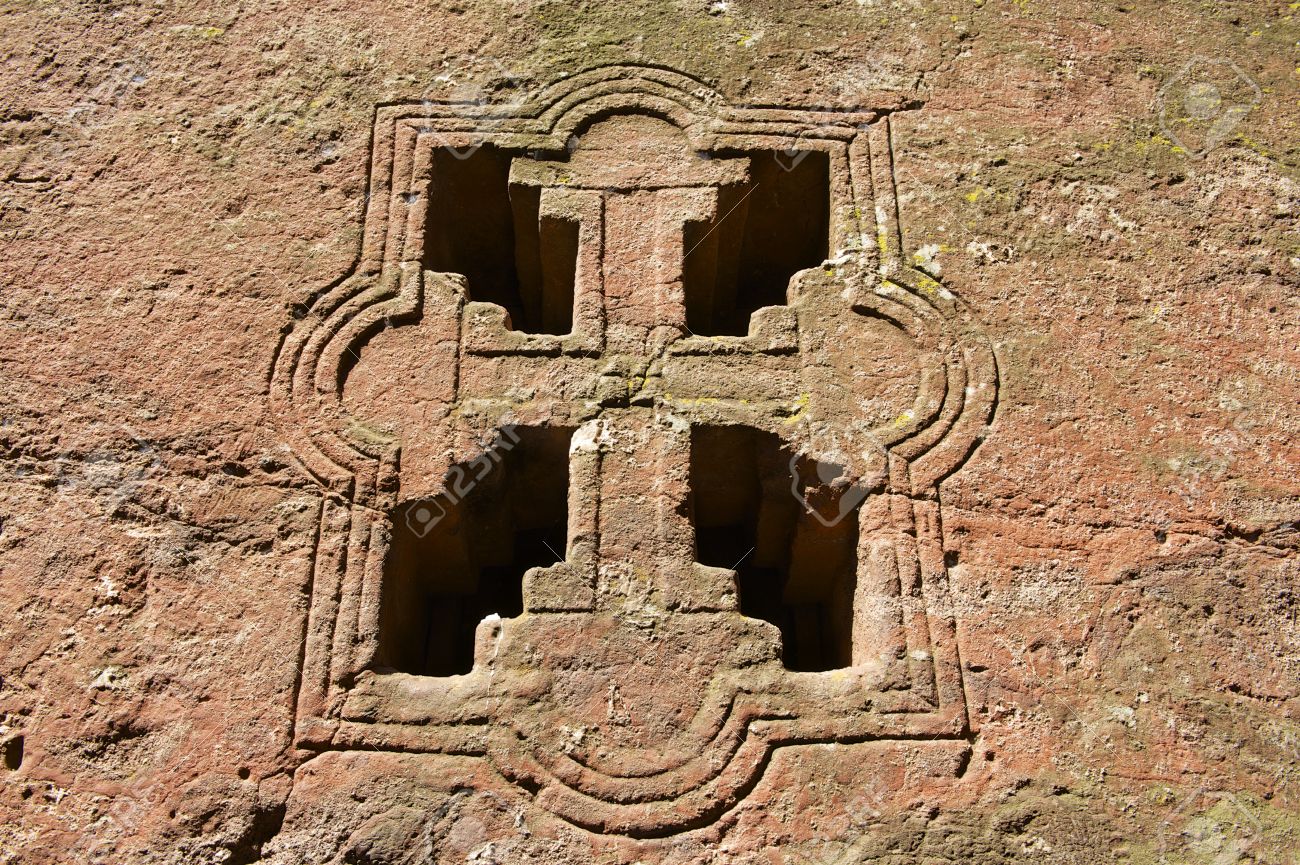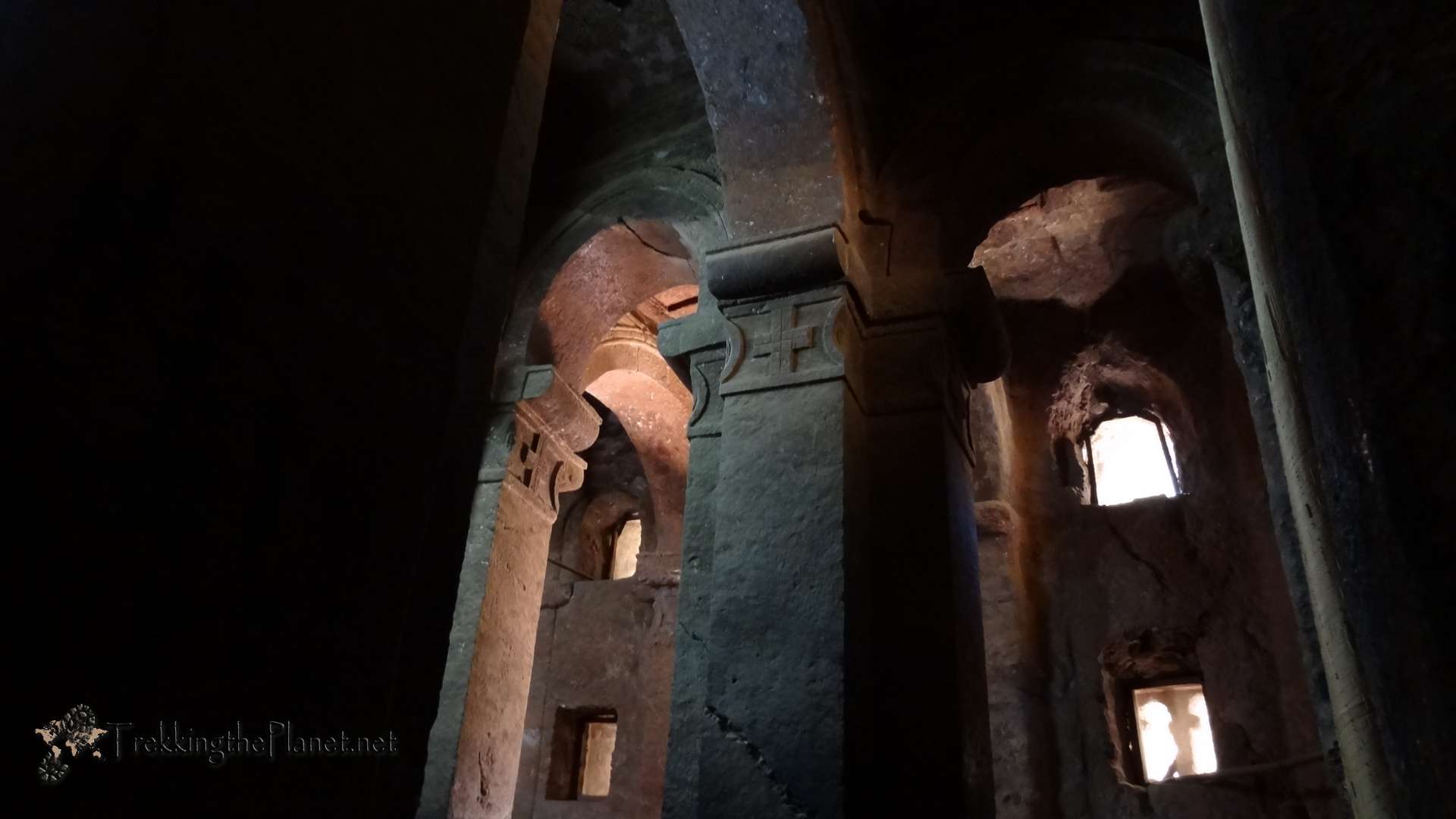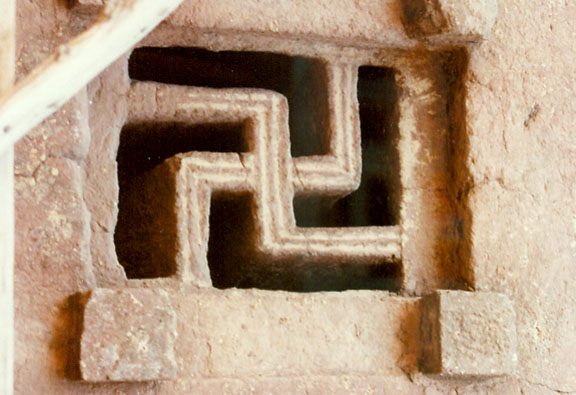You are using an out of date browser. It may not display this or other websites correctly.
You should upgrade or use an alternative browser.
You should upgrade or use an alternative browser.
Indigenous African architecture
- Thread starter Raptor
- Start date
More options
Who Replied?.༼-◕_◕-༽.
.༼-◕_◕-༽.
Hey! I learned about African architecture in an Art History class I took. Shyt was dope!!! I did my paper on African writing systems.Akan architecture (Ghana)





Walls of Benin - Wikipedia, the free encyclopediaBenin - many of these building are the remnants of the great benin city, which the British burned down in an attempt to erase african achievement




Aksumite Architecture(Northern Ethiopia/Eritrea - proto Habesha)
Palaces and/or Manses
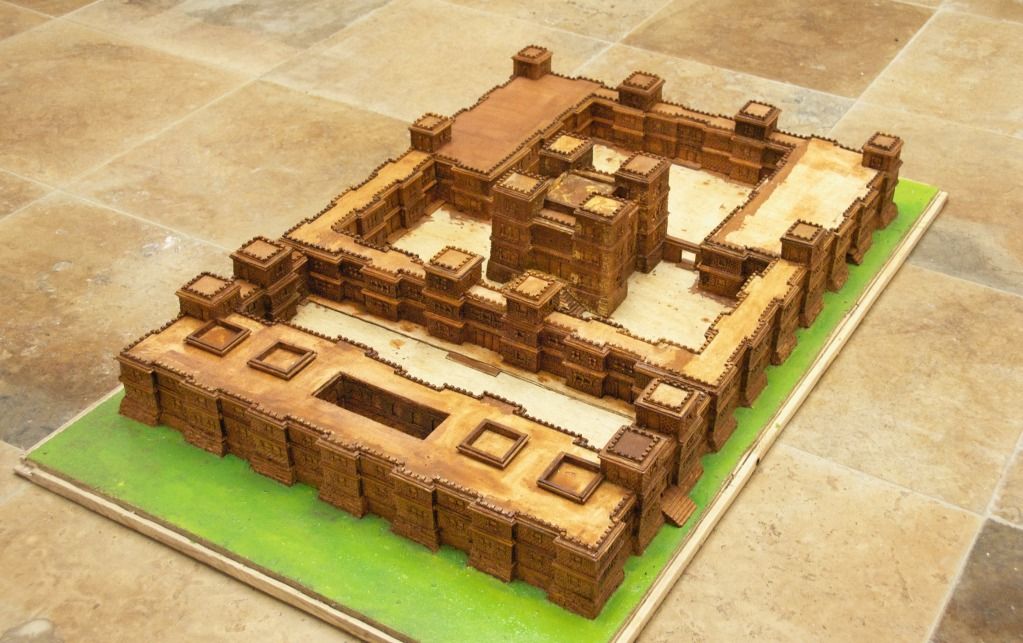
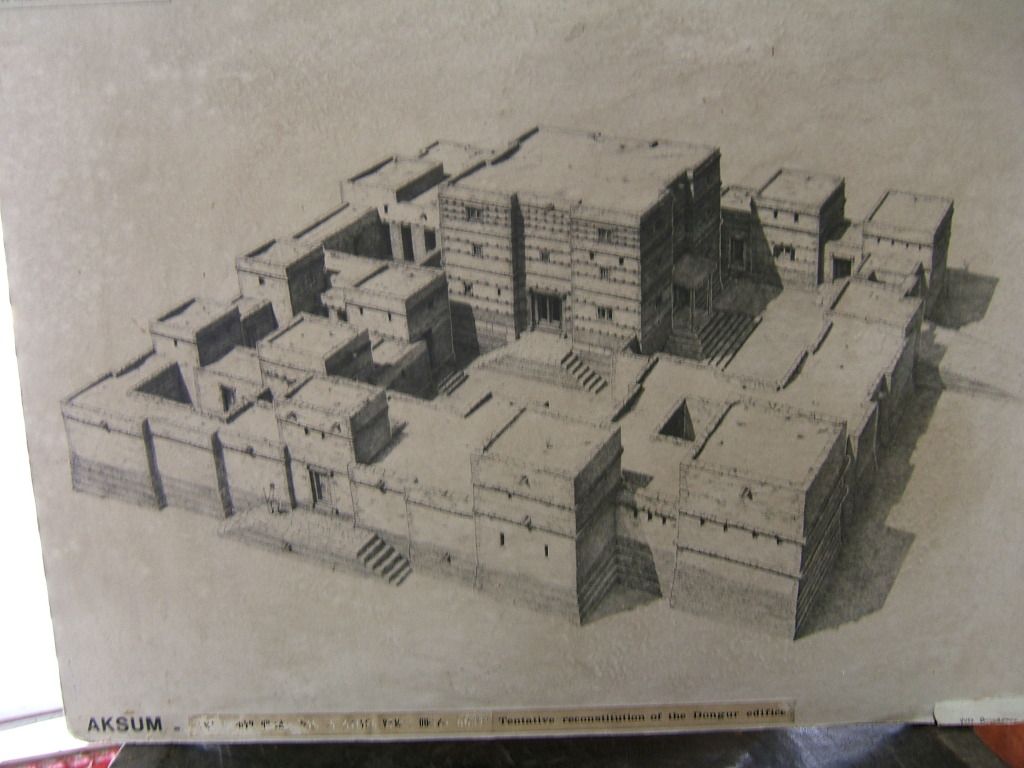



An artist's depiction of what certain palaces and manses could have looked like based on real examples, this actually supposed to be the Ta'akha Maryam
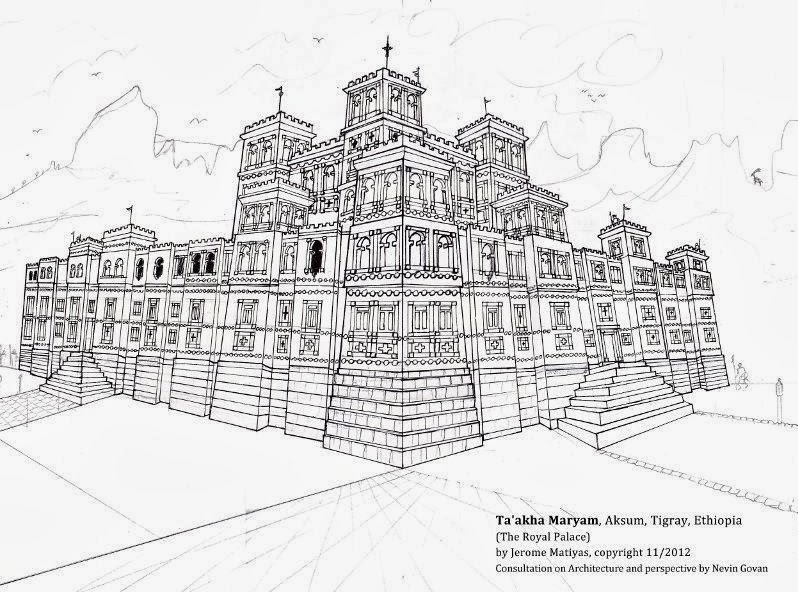

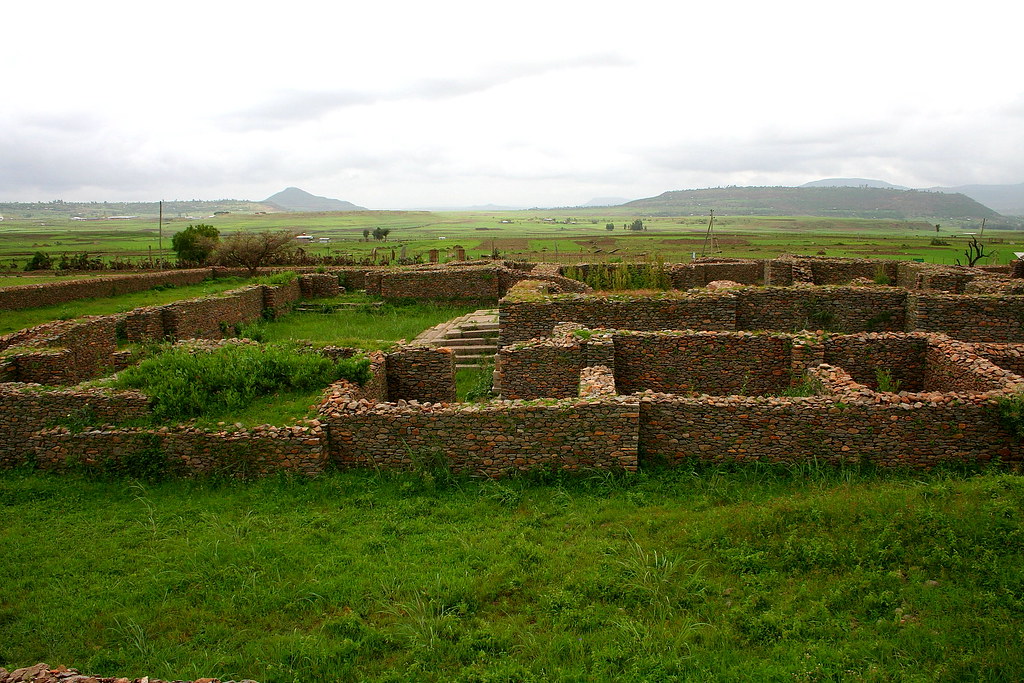

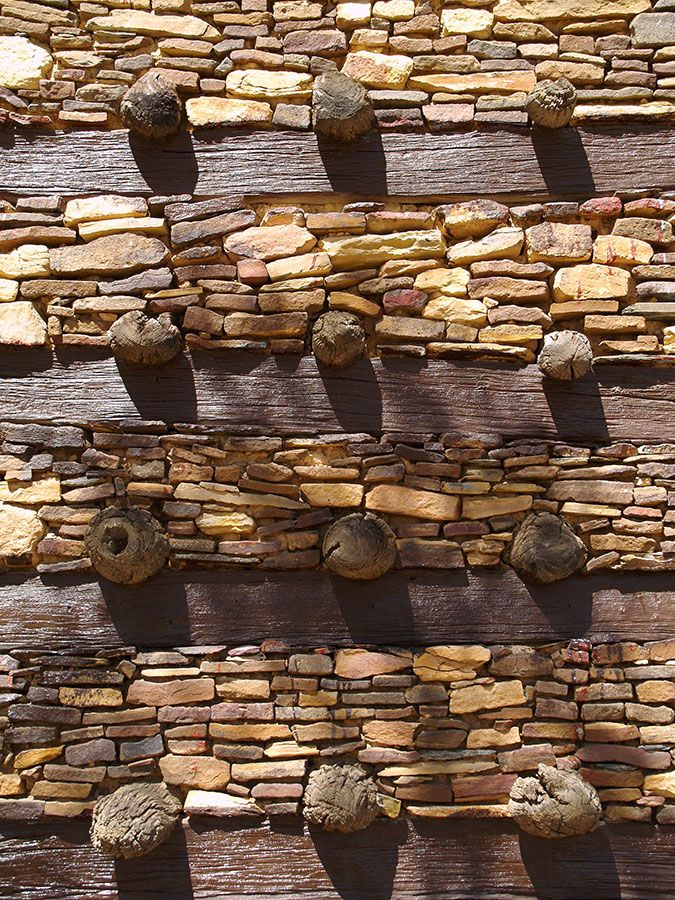
The Kingdom of Aksum or Axum, also known as the Aksumite Empire, was atrading nation in the area of northern Ethiopia and Eritrea pre-Islamic Arabs,[2]which existed from approximately 100–940 AD. It grew from the proto-Aksumite Iron Age period c. 4th century BC to achieve prominence by the 1st century AD, and was a major player in the commercial route between the Roman Empire andAncient India. The Aksumite rulers facilitated trade by minting their ownAksumite currency, the state established its hegemony over the declining Kingdom of Kush and regularly entered the politics of the kingdoms on theArabian Peninsula, eventually extending its rule over the region with the conquest of theHimyarite Kingdom.
The Axumites erected a number of largestelae, which served a religious purpose in pre-Christian times. One of these granite columns is the largest such structure in the world, standing at 90 feet.[3] UnderEzana (fl. 320–360) Aksum adoptedChristianity. In the 7th century, earlyMuslims from Mecca also sought refuge from Quraysh persecution by travelling to the kingdom, a journey known in Islamic history as the First Hijra.
Its ancient capital, also called Aksum, was in northern Ethiopia. The Kingdom used the name "Ethiopia" as early as the 4th century.[4][5] 98 percent of Aksum is yet to be explored
The Axumites erected a number of largestelae, which served a religious purpose in pre-Christian times. One of these granite columns is the largest such structure in the world, standing at 90 feet.[3] UnderEzana (fl. 320–360) Aksum adoptedChristianity. In the 7th century, earlyMuslims from Mecca also sought refuge from Quraysh persecution by travelling to the kingdom, a journey known in Islamic history as the First Hijra.
Its ancient capital, also called Aksum, was in northern Ethiopia. The Kingdom used the name "Ethiopia" as early as the 4th century.[4][5] 98 percent of Aksum is yet to be explored
Palaces and/or Manses
In Aksum itself impressive structures were built. The great 'palaces' or elite residences of the rich apparently consisted---only foundations now survive---of towered pavilions mounted on high basements (an anti-flood measure?) approached by monumental granite staircases. A 6th century Greek visitor to Aksum mentioned the king's 'four-towered palace'. Such buildings were enclosed by flanking wings of domestic structures, ensuring them both privacy and defence---if that were necessary in a land that was itself a mountain fortress.Inside, there were carved granite pedestals and capitals adorning the columns, brick ovens, underfloor-drainage systems, marble flooring and paneling. We may imagine, almost certainly, carved wooden columns and other decorative work.
The Aksumite kings dedicated granite thrones to their Gods---Astar, Beder, Meder, Mahrem---inscribing them with accounts of military campaigns. Such thrones still stand, broken and desolate, around the city. Statues of gold, silver and bronze were erected to Mahrem, the dynastic god, paralleled with the Greek war-god Mars. One statue-base discovered earlier this century still bore fixing holes and the outline of the feet of a statue, each 99 cm long. All this represents the elite of the Aksumite world.
Archaeology is not all royal monuments, but the perishable nature of humbler dwellings means that often enough little remains to indicate how the ordinary people lived. This is the case at Aksum as elsewhere, but sometimes one can be lucky and find some hints about the lives of lesser people.In one modest tomb on the outskirts of the town of Aksum were found sets of glassstem goblets and beakers, iron tools, weapons and about seventy exquisitely-finished earthenware pots. Even this signifies a certain wealth, but the style of the tomb---little more than a hole dug into the ground---and the contrast between the contents and those from more imposing tombs, hints at very different strata of society.
The Aksumite kings dedicated granite thrones to their Gods---Astar, Beder, Meder, Mahrem---inscribing them with accounts of military campaigns. Such thrones still stand, broken and desolate, around the city. Statues of gold, silver and bronze were erected to Mahrem, the dynastic god, paralleled with the Greek war-god Mars. One statue-base discovered earlier this century still bore fixing holes and the outline of the feet of a statue, each 99 cm long. All this represents the elite of the Aksumite world.
Archaeology is not all royal monuments, but the perishable nature of humbler dwellings means that often enough little remains to indicate how the ordinary people lived. This is the case at Aksum as elsewhere, but sometimes one can be lucky and find some hints about the lives of lesser people.In one modest tomb on the outskirts of the town of Aksum were found sets of glassstem goblets and beakers, iron tools, weapons and about seventy exquisitely-finished earthenware pots. Even this signifies a certain wealth, but the style of the tomb---little more than a hole dug into the ground---and the contrast between the contents and those from more imposing tombs, hints at very different strata of society.




An artist's depiction of what certain palaces and manses could have looked like based on real examples, this actually supposed to be the Ta'akha Maryam





Last edited:


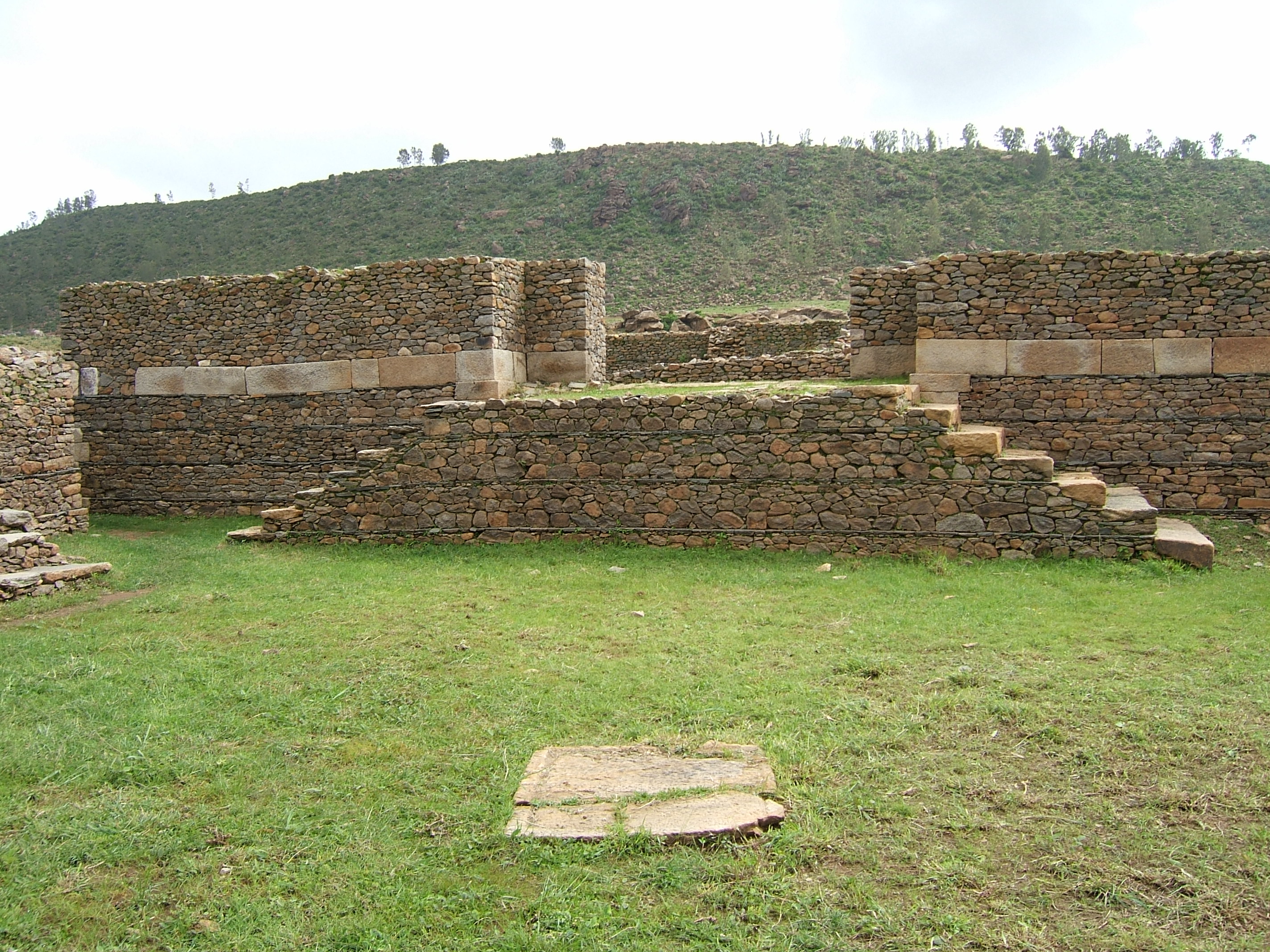
Aksum Obelisk
Without doubt, Aksum's most impressive remains are the royal tombs and their fabulous markers, the 'stelae' or obelisks. Even the plain examples are impressive, cut from hard local granite. But truly staggering is a series of six carved examples. These seem to depict the dead rulers' palaces---their tombs lay beneath, and it was our good fortune to be the discoverers of this underground world. The stelae---or so we may conjecture---were the stairways to heaven for the kings of Aksum.
At the base are granite plates with carved wine-cups for offerings to the spirit of the deceased. The largest stela is certainly among the biggest single stones ever quarried by human labour. It testifies to the magnificent self-esteem of the unknown ruler who had it extracted and dragged several kilometres to its final site, and to the skill and artistry of those who prepared and decorated it. Over thirty-three metres tall, the stele represents a thirteen storey tower, with elaborate window-tracery, frames, lintels, beam-ends, even a door with a bolt. This monstrous stone soon fell---perhaps a few seconds after being levered upright---smashing onto the roof block of a tomb nearby. This block (some 17 x 7 x 1.5 metres), was not broken, though the tomb underneath it was crushed, but the great stele separated into three pieces. The top was completely smashed by the impact. Nearby is its largest still-standing neighbour, twenty-seven metres tall. Underneath this 'stele field' is an extraordinary series of tombs, the underground maze which we began in 1973-4 to explore and clear.
On all sides tunnels open out---some dug by robbers. The ground here contains fallen stelae, or their base-plates, that have slipped down from above, buried staircases, walls and walled platforms, shafts and other structures, as well as tomb chambers and their contents---skulls and bones, pottery, metal, and piles of other grave-goods.
At the base are granite plates with carved wine-cups for offerings to the spirit of the deceased. The largest stela is certainly among the biggest single stones ever quarried by human labour. It testifies to the magnificent self-esteem of the unknown ruler who had it extracted and dragged several kilometres to its final site, and to the skill and artistry of those who prepared and decorated it. Over thirty-three metres tall, the stele represents a thirteen storey tower, with elaborate window-tracery, frames, lintels, beam-ends, even a door with a bolt. This monstrous stone soon fell---perhaps a few seconds after being levered upright---smashing onto the roof block of a tomb nearby. This block (some 17 x 7 x 1.5 metres), was not broken, though the tomb underneath it was crushed, but the great stele separated into three pieces. The top was completely smashed by the impact. Nearby is its largest still-standing neighbour, twenty-seven metres tall. Underneath this 'stele field' is an extraordinary series of tombs, the underground maze which we began in 1973-4 to explore and clear.
On all sides tunnels open out---some dug by robbers. The ground here contains fallen stelae, or their base-plates, that have slipped down from above, buried staircases, walls and walled platforms, shafts and other structures, as well as tomb chambers and their contents---skulls and bones, pottery, metal, and piles of other grave-goods.

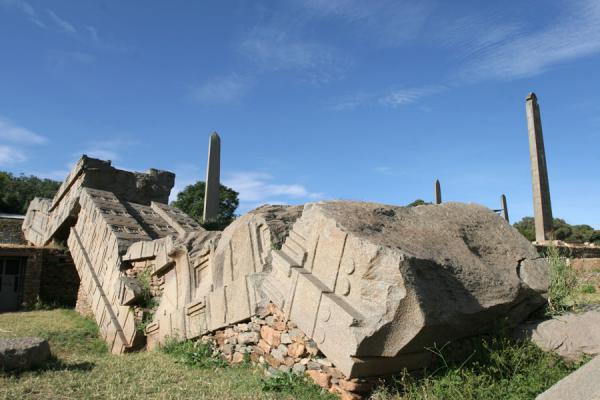

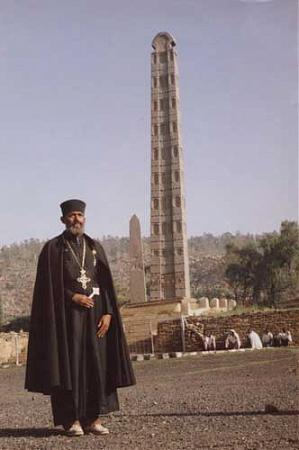
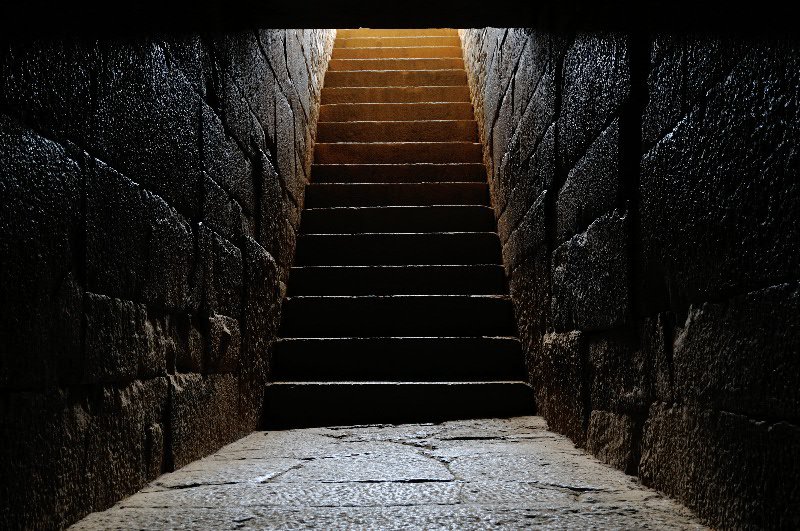

Several stelae survive in the town of Aksum dating between the 3rd and 4th centuries AD. The largest standing obelisk rises to a height of over 23 meters and is exquisitely carved to represent a nine-storey building of the Aksumites. It stands at the entrance of the main stelae area. The largest obelisk of some 33 meters long lies where it fell, perhaps during the process of erection. It is possibly the largest monolithic stele that ancient human beings ever attempted to erect.
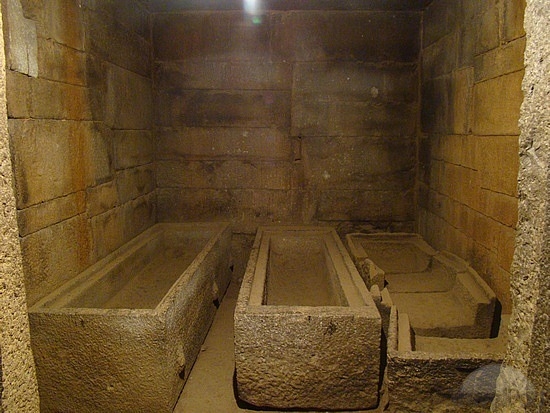
The Tombs of King Kaleb, Aksum
A series of inscription on stone tablets have proved to be of immense importance to historians of the ancient world. Some of them include trilingual text in Greek, Sabaean and Ge’ez (Classical Ethiopian), inscribed by King Ezana in the 4th century AD.
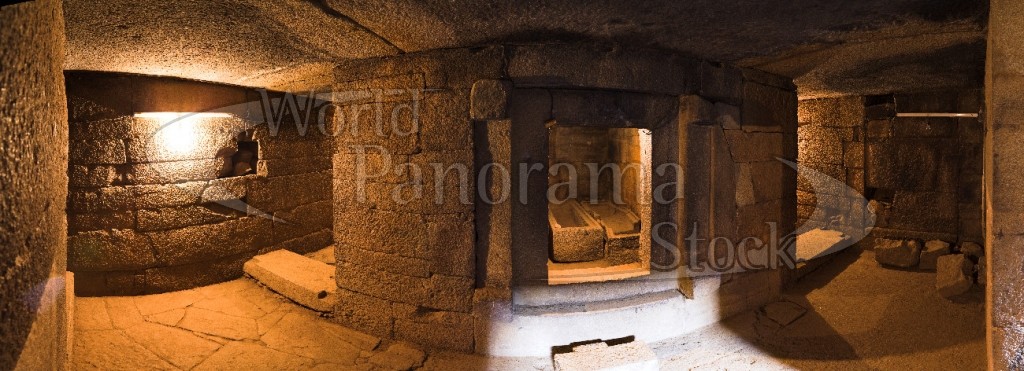
The Tombs of King Kaleb, Aksum
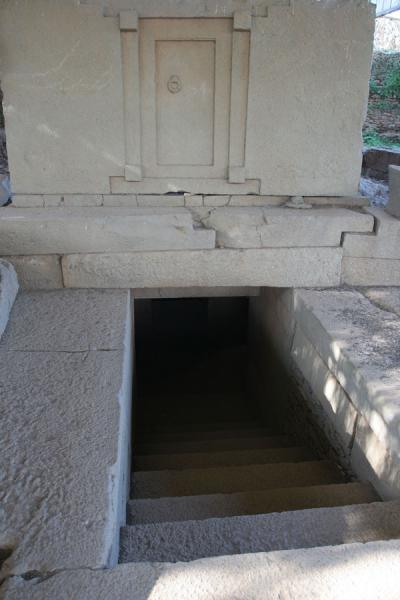
Entrance to the Tomb of the False Door at the stelae field of Axum
Last edited:
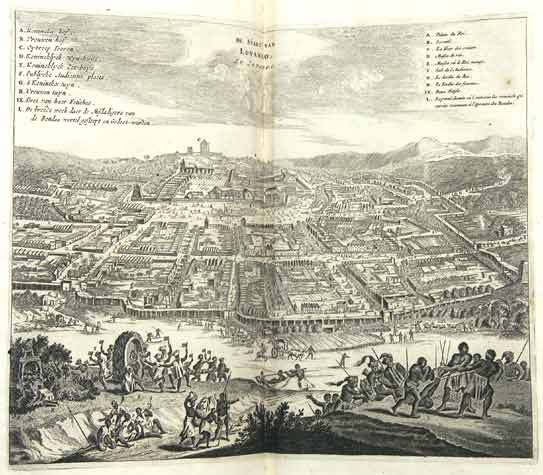








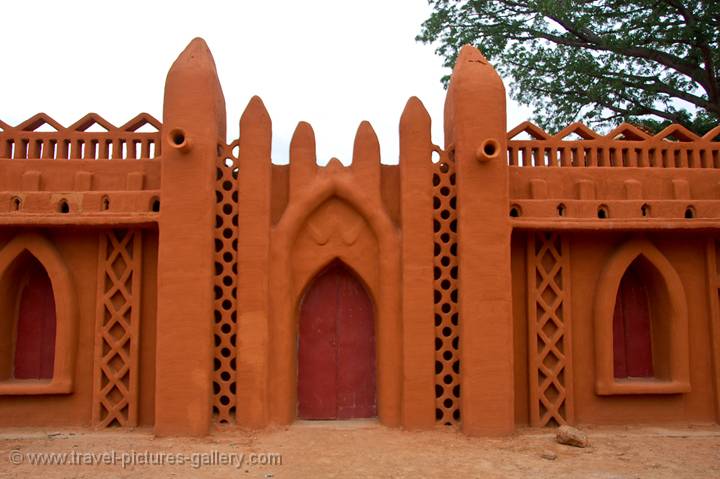
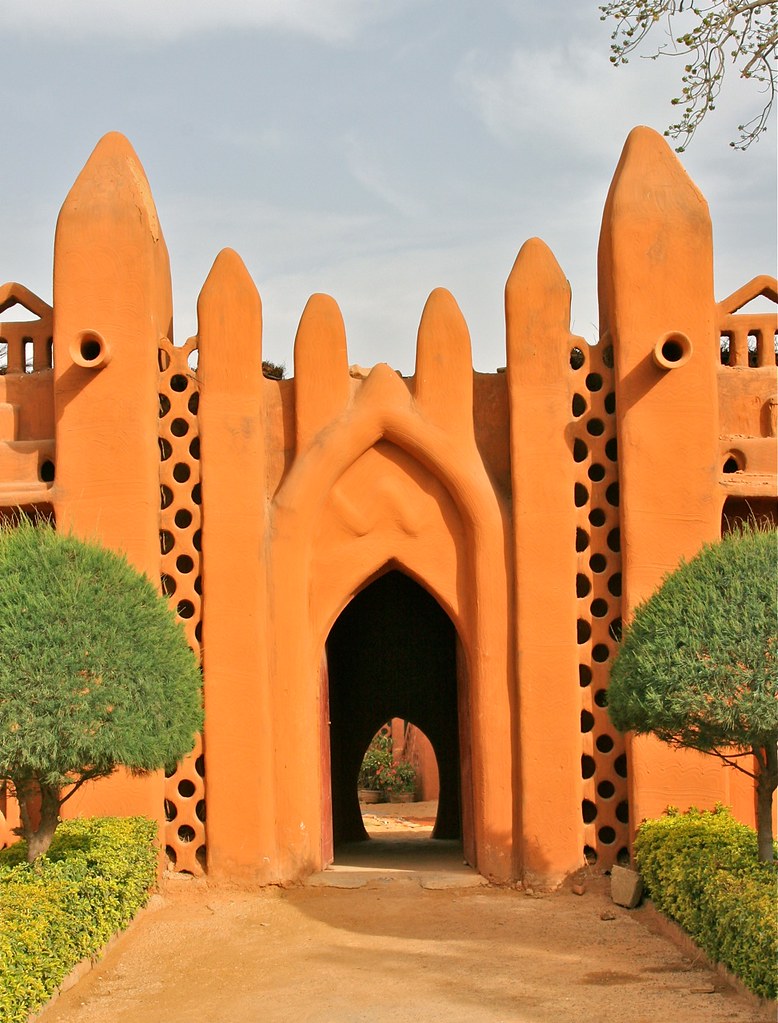
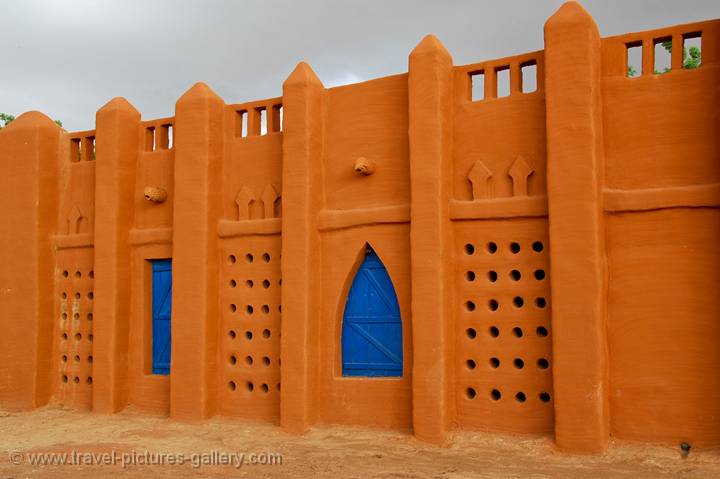
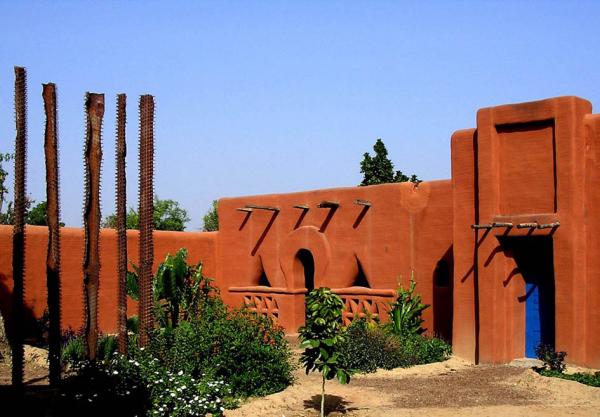

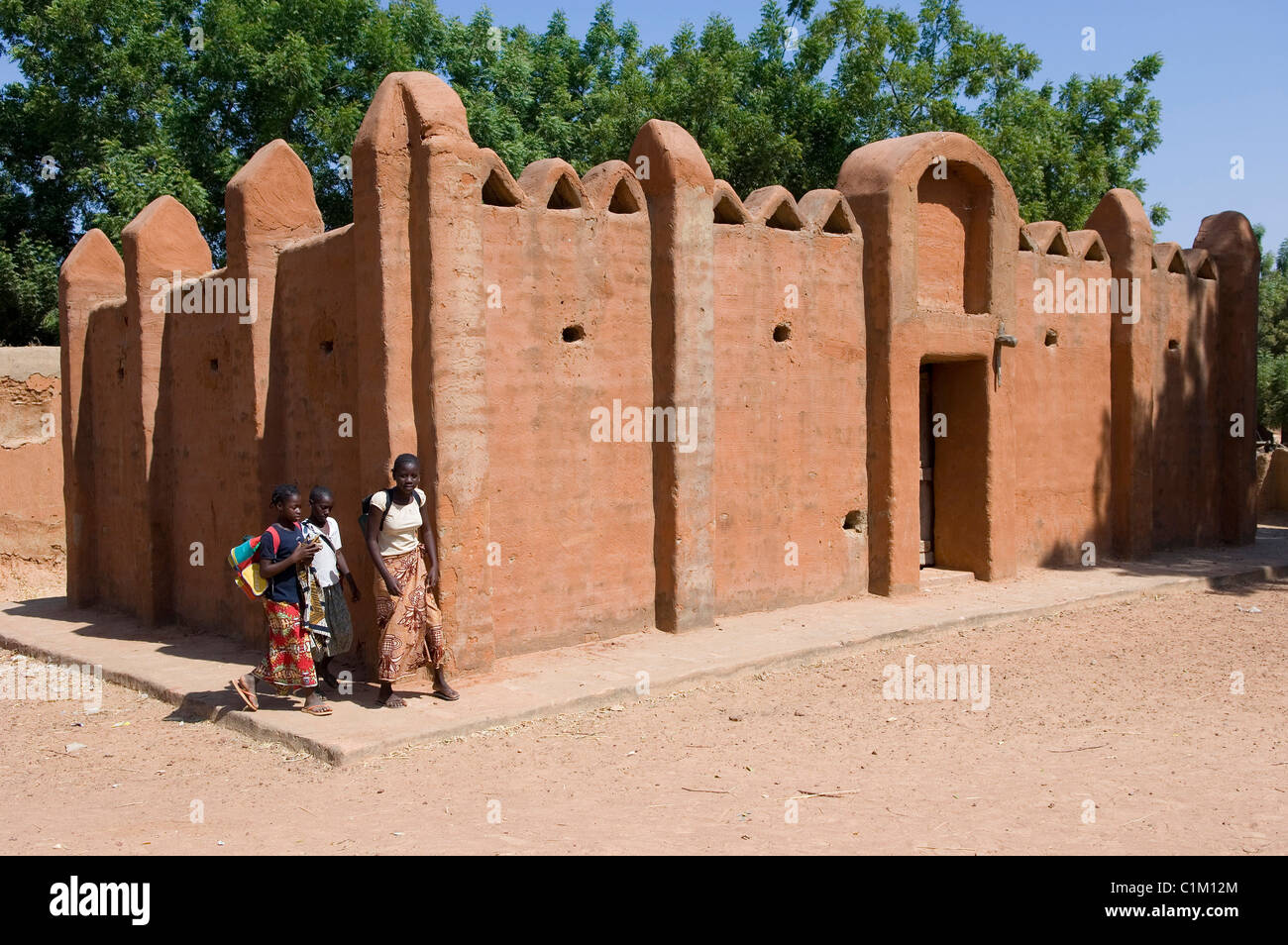












_interior_19061350711354176.jpg)

